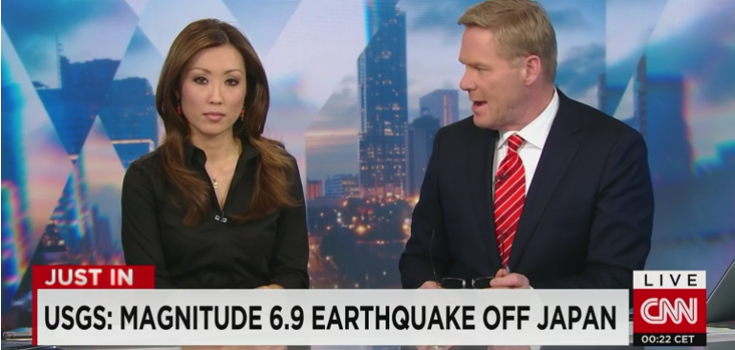After Recent 6.8 Earthquake, Fukushima Plant Operator TEPCO is ‘Looking to Expand’

After a 6.8 earthquake hit just off the Japanese coast this week, would it not be prudent to temporarily shut down reactors which could end up causing an even worse disaster than Daichii’s?
Despite the fact that TEPCO covered up (and continues to lie about) one of the biggest nuclear disasters of our time, their customers are looking at a rate hike. This, despite the fact that they have turned a profit (even with the Fukushima reactor meltdown) for the past several years.
There are also rumors of an expansion. Will companies ruining the planet with dirty energy ever be kept in check? Profits seem more important than protecting people from catastrophe – yet again.
TEPCOs threats to raise their fees come after they were told they would have to shut down reactors at Kashiwazaki Kariwa, a site that escaped severe damage after a major earthquake in 2007, and also ranks as the worlds largest nuclear power station. Officials were likely trying to preempt another tragedy by shutting down the enormous nuclear site.
TEPCO argues that if the reactors are shut down – they would go bankrupt. Previously, the company reported that they plan to turn a profit, even in 2016. This expectation is mind-bending considering some reports that radiation levels will reach their highest to date in 2015. One study, published in the journal Proceedings of the National Academy of Sciences (PNAS), focused mainly on radioactivity from cesium-137, and it doesn’t look pretty.
“The radionuclide results in this report represent the first systematic study, to our knowledge, of the arrival of the Fukushima radioactivity signal in continental waters off North America. The present time series results are critical to an understanding of the circulation of Fukushima tracers in the eastern North Pacific and to the tuning and validation of ocean circulation models that are being used to predict the future evolution of this signal.
They are also important for informing the public of the magnitude of the Fukushima radioactivity signal in North American continental waters and enabling a science-based assessment of the significance of its potential effects on human health and the environment.”
Where do these nuclear companies get off peddling mass extinction and Hiroshima-like fall-out? Especially when it has never been a better time to use solar and wind power.
